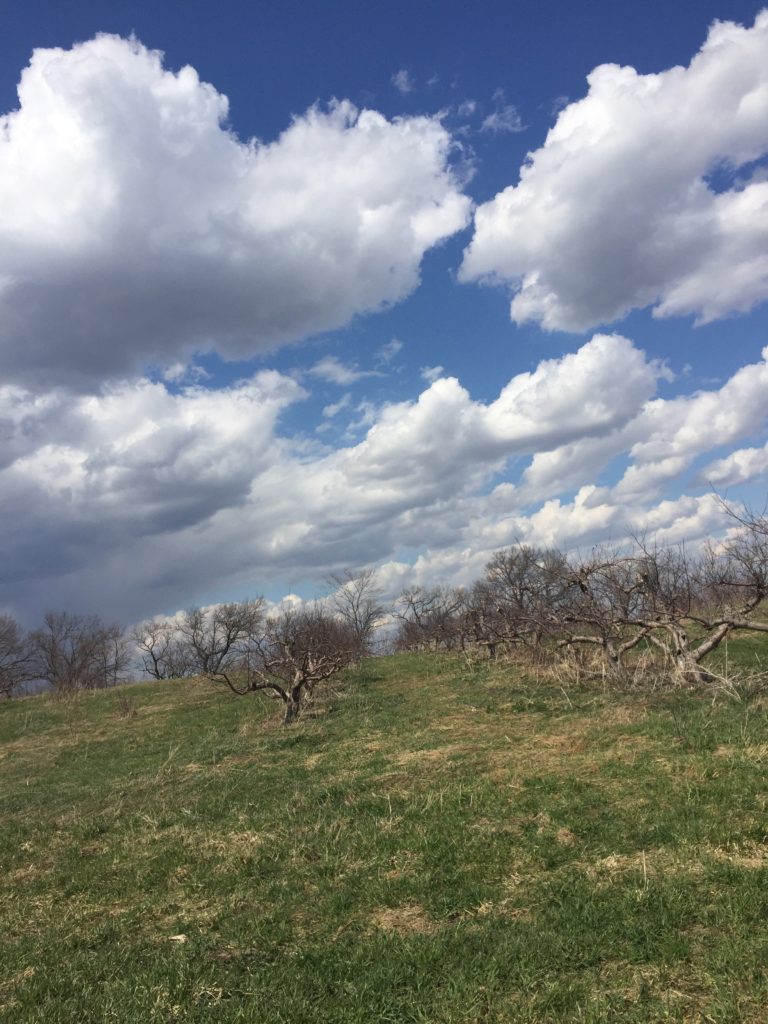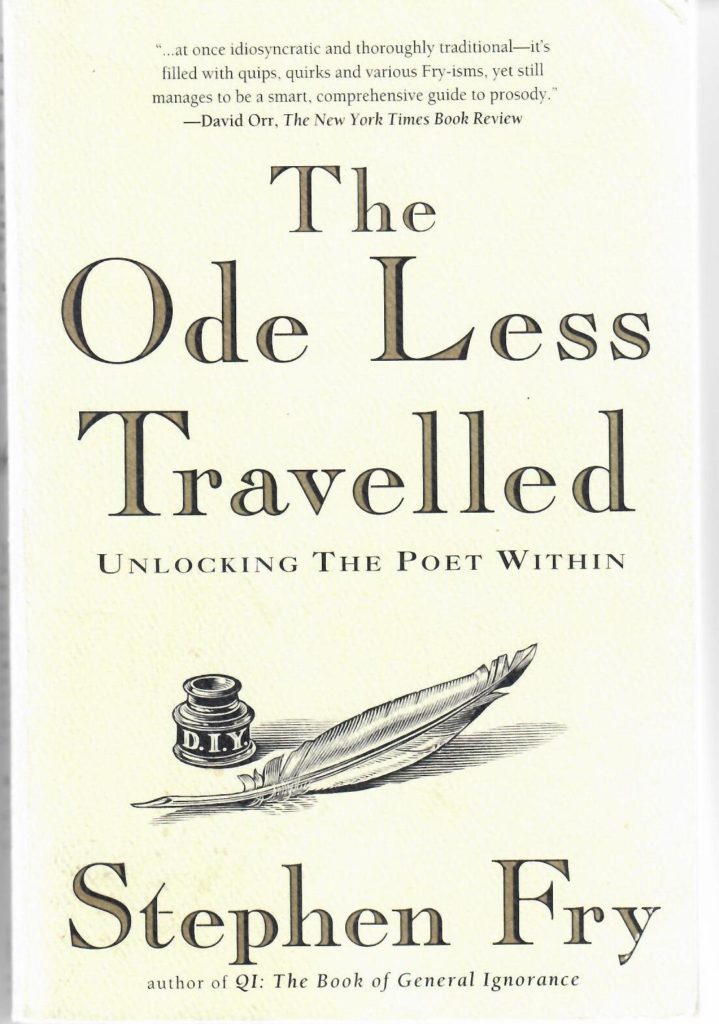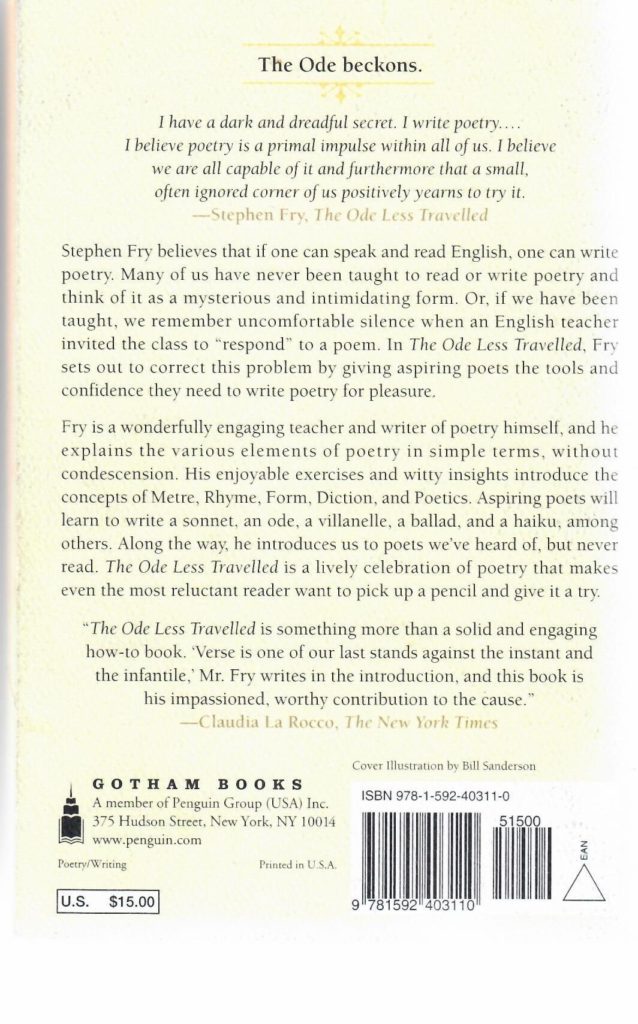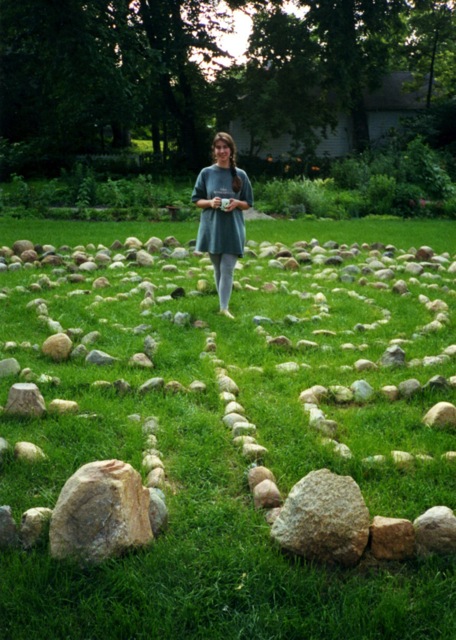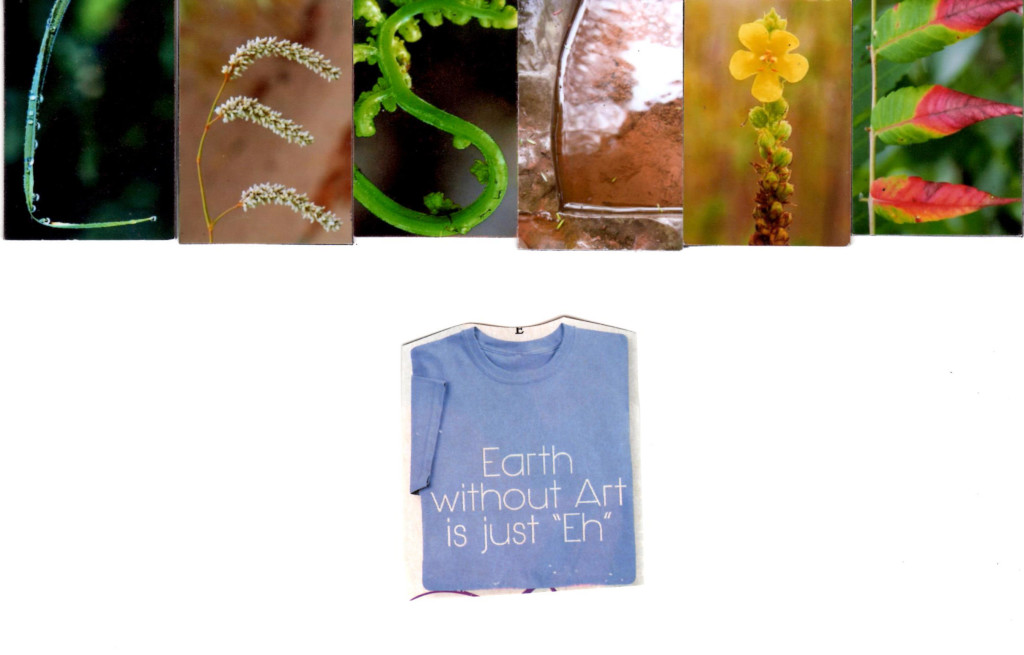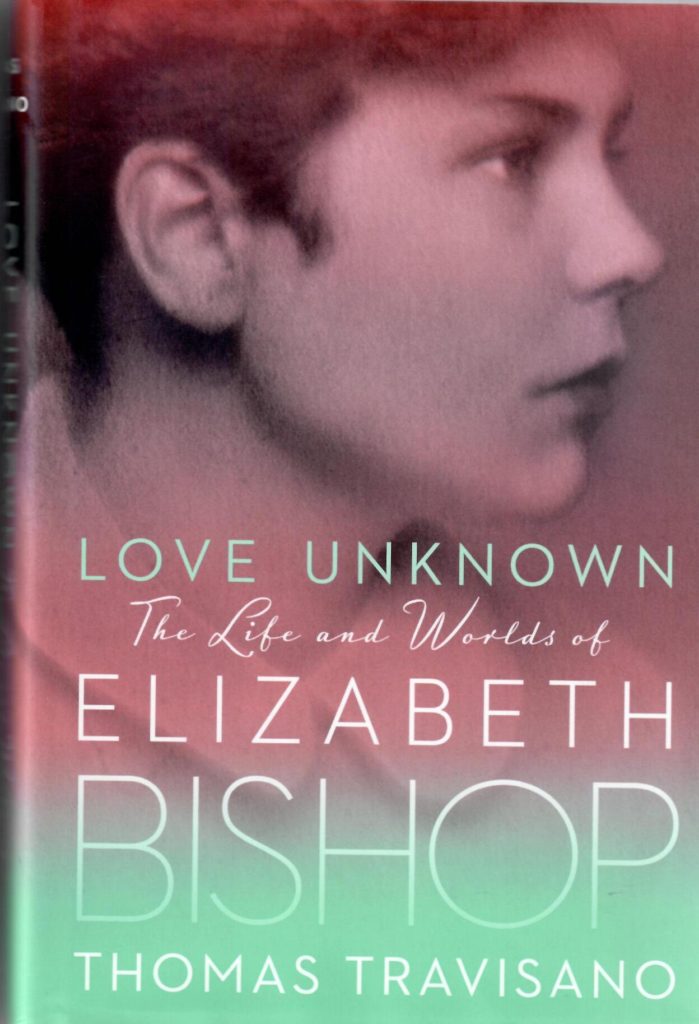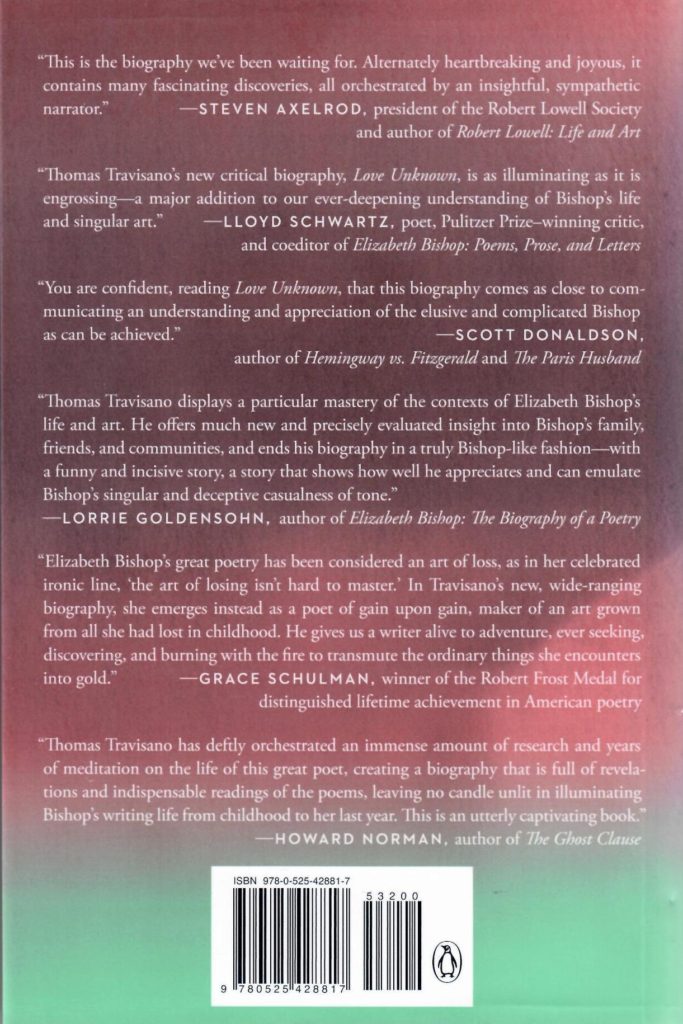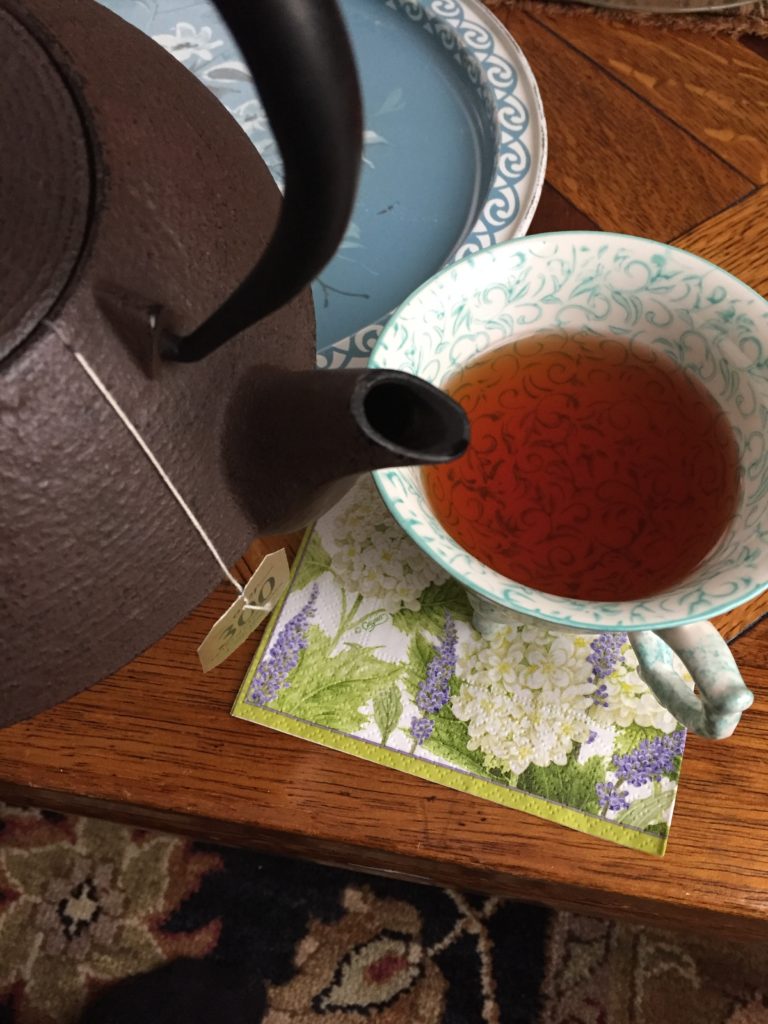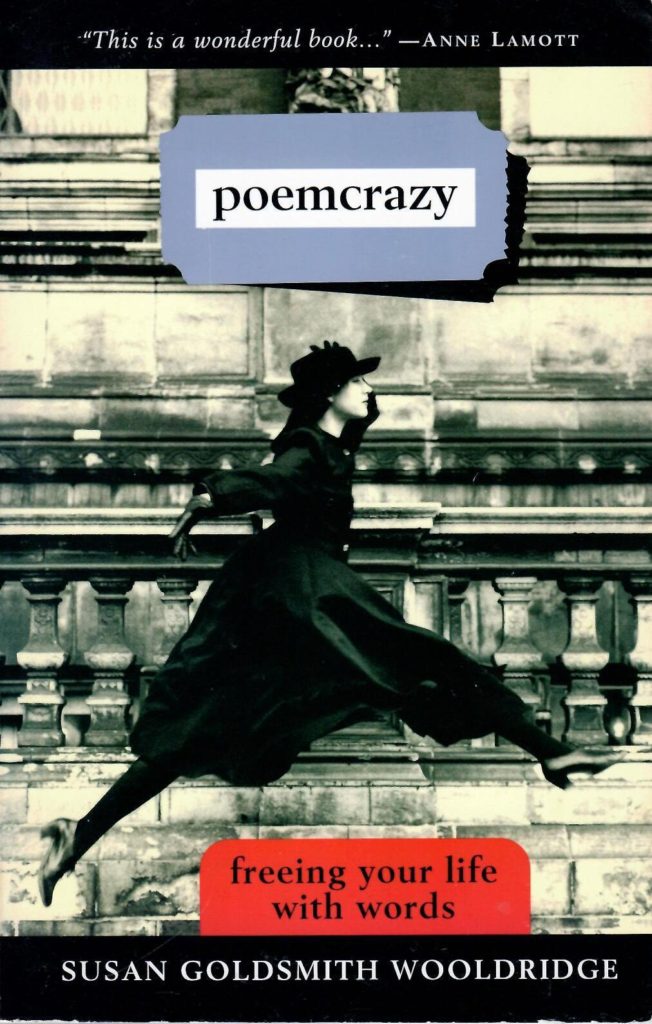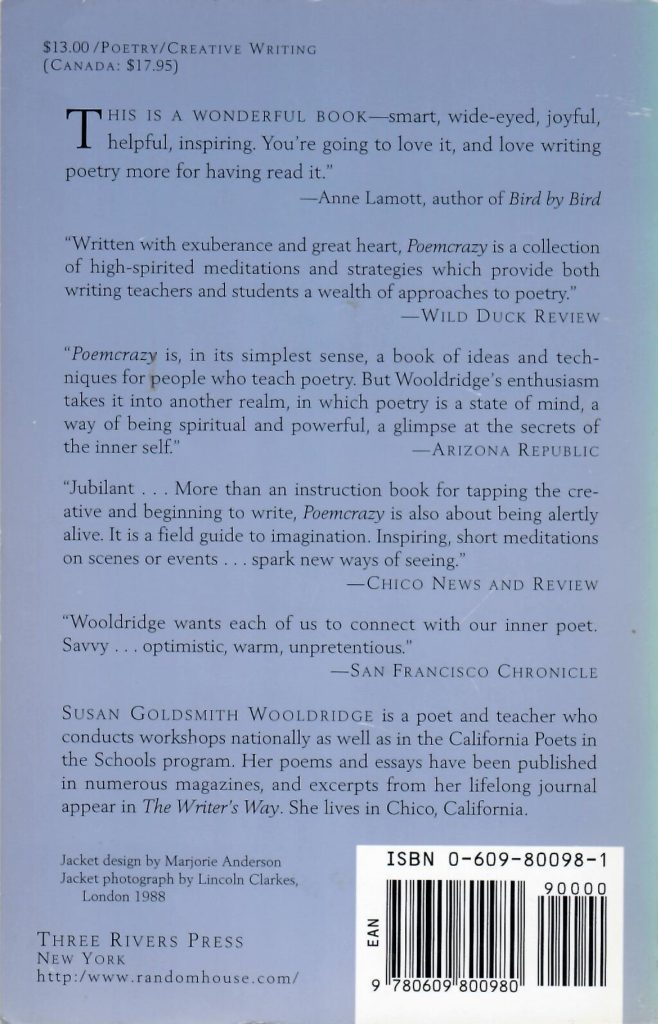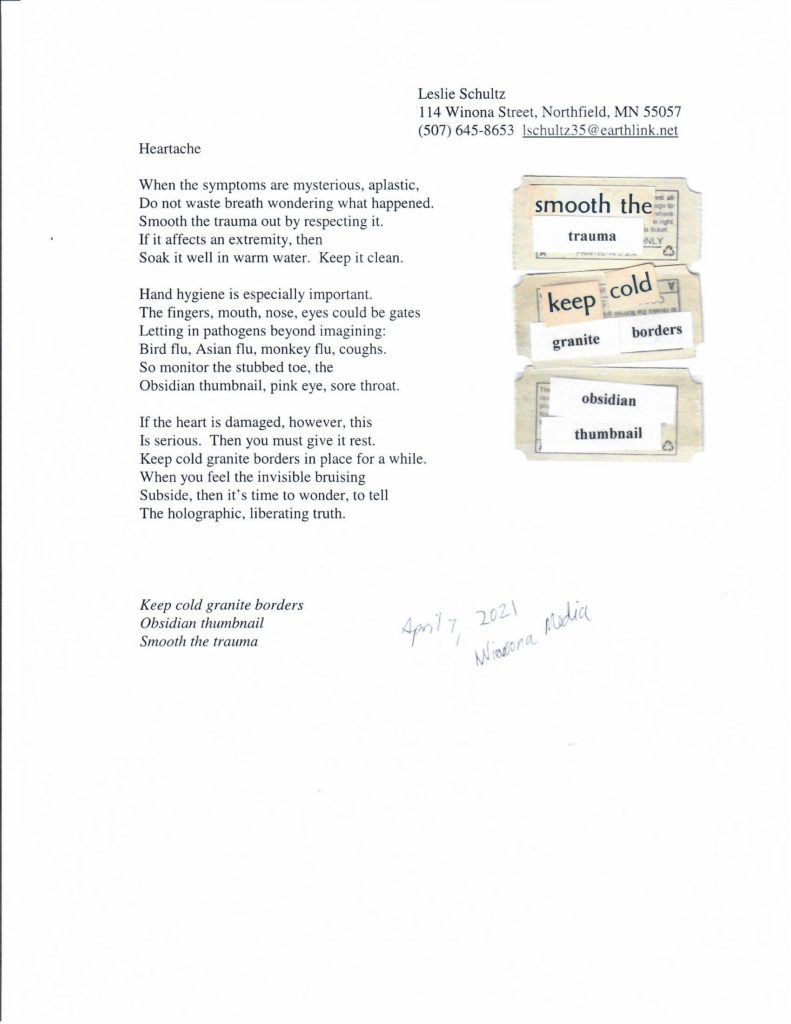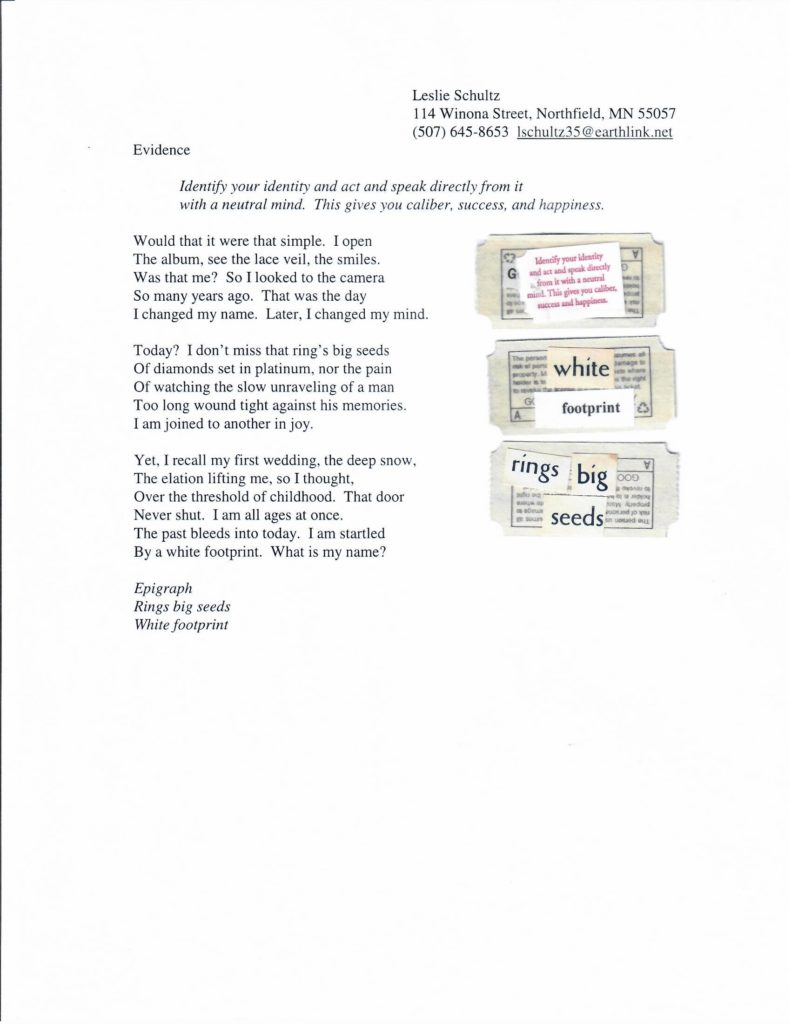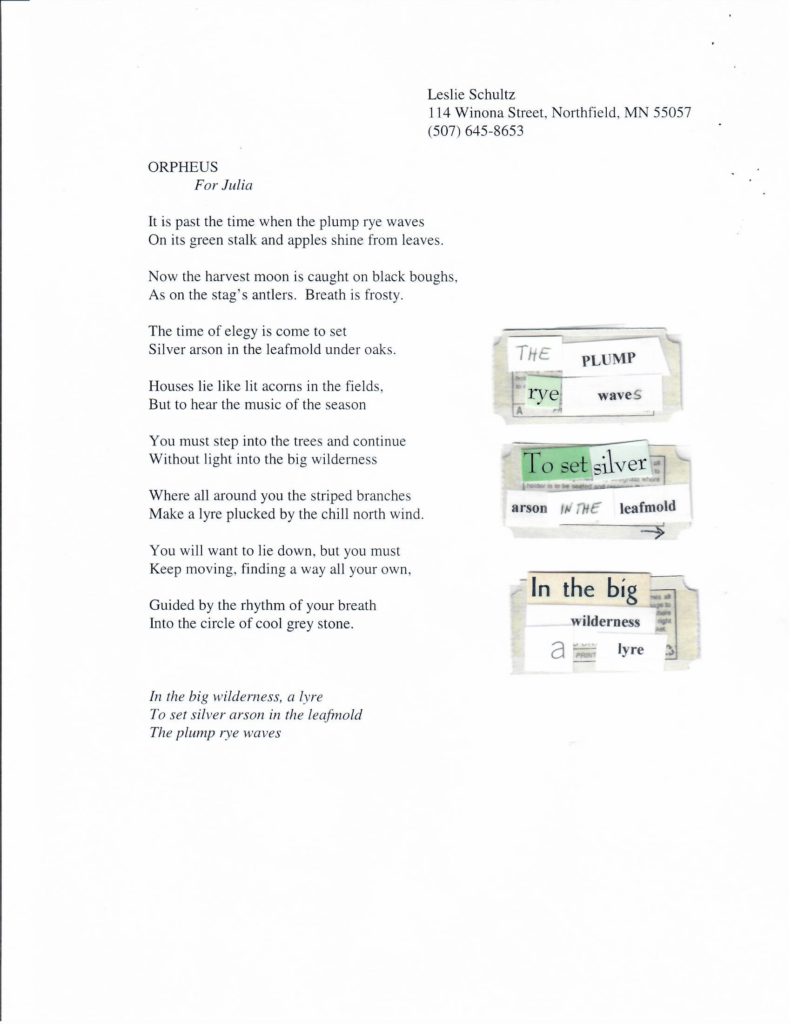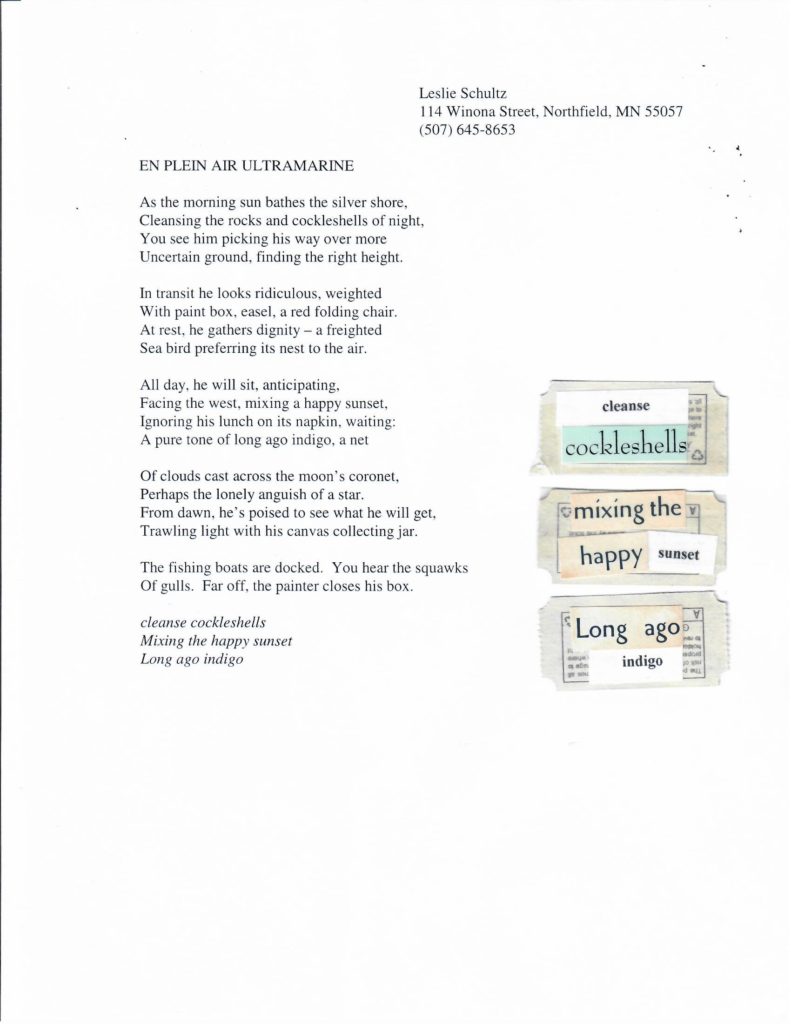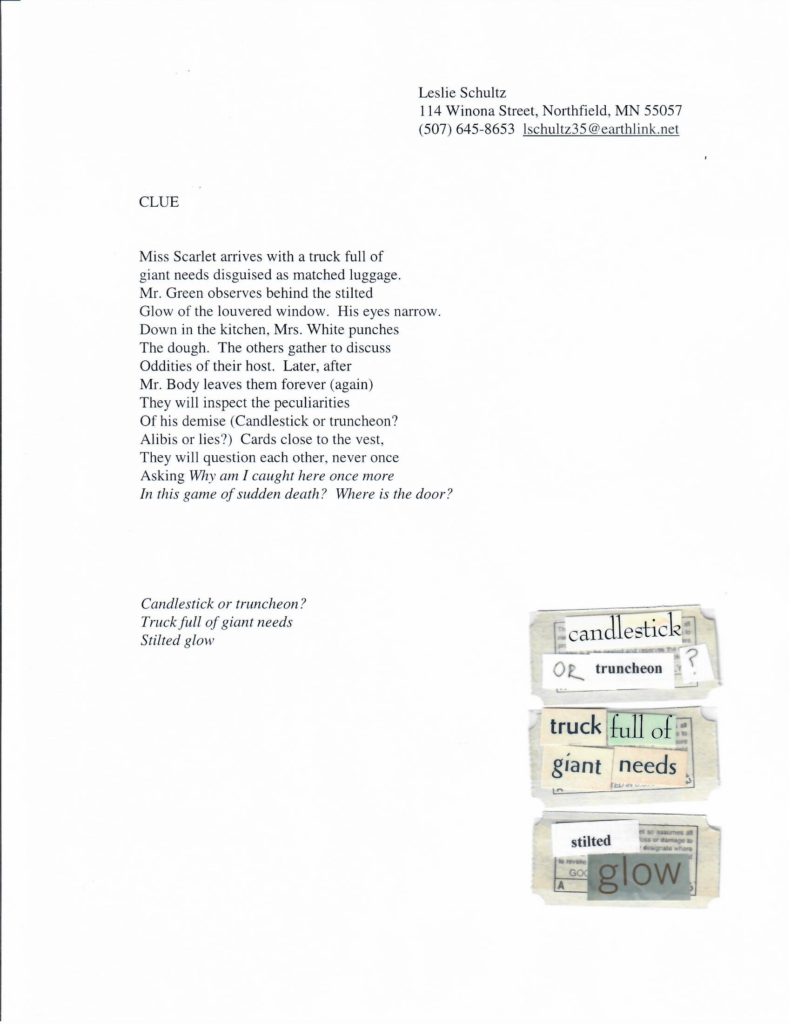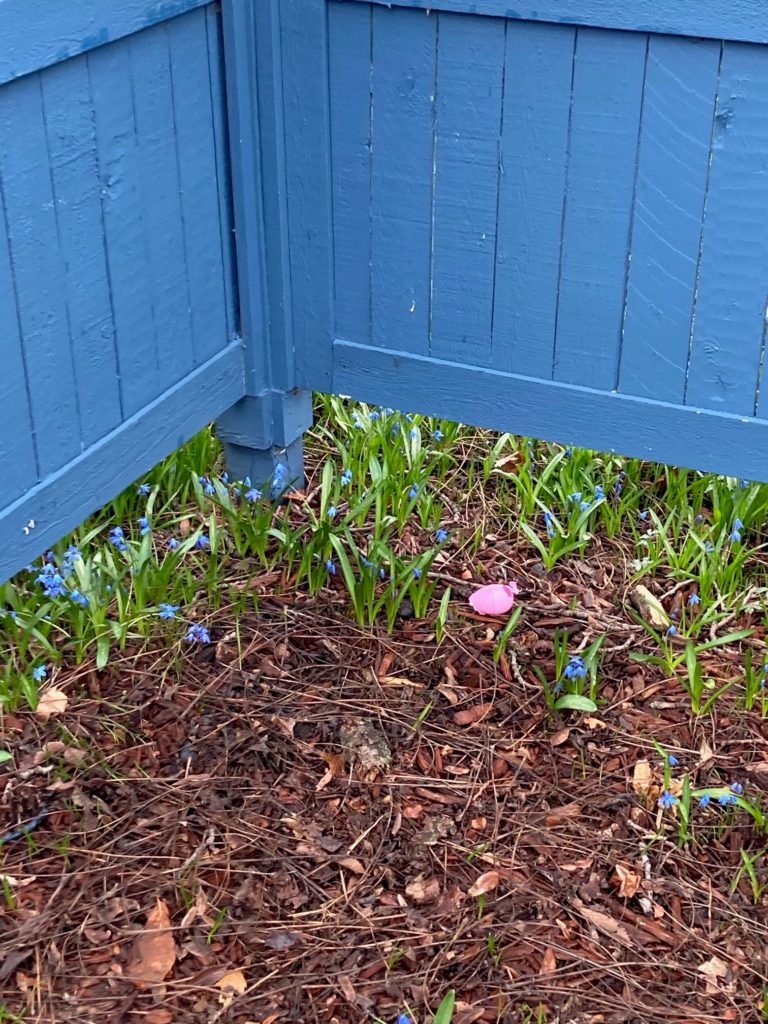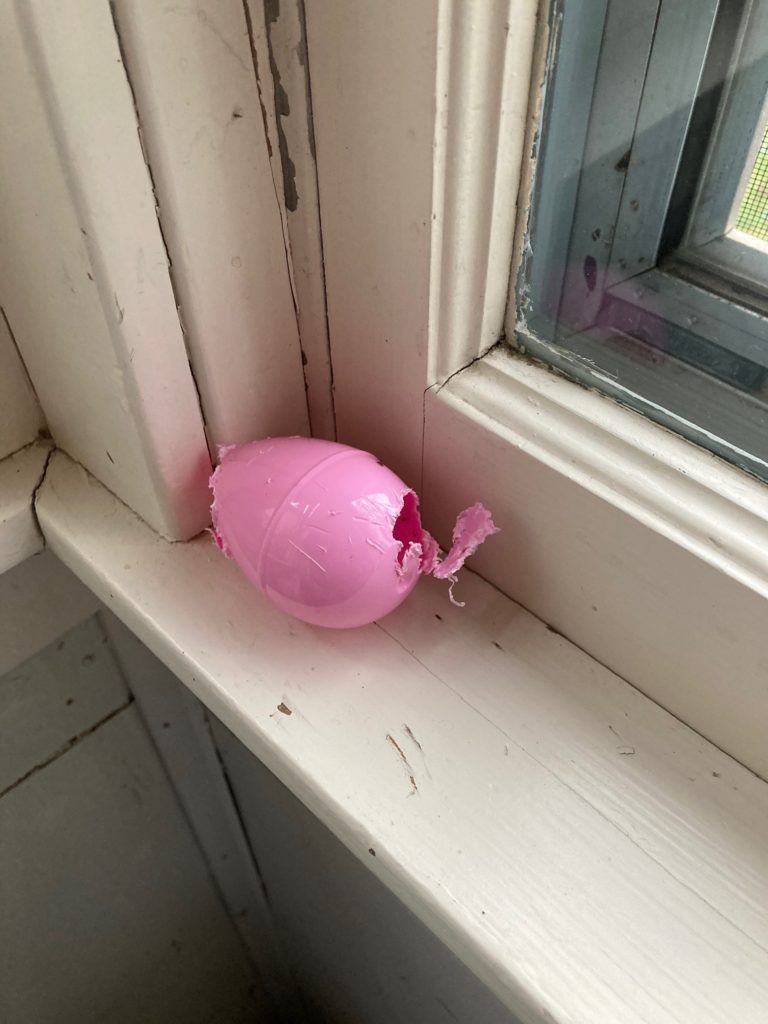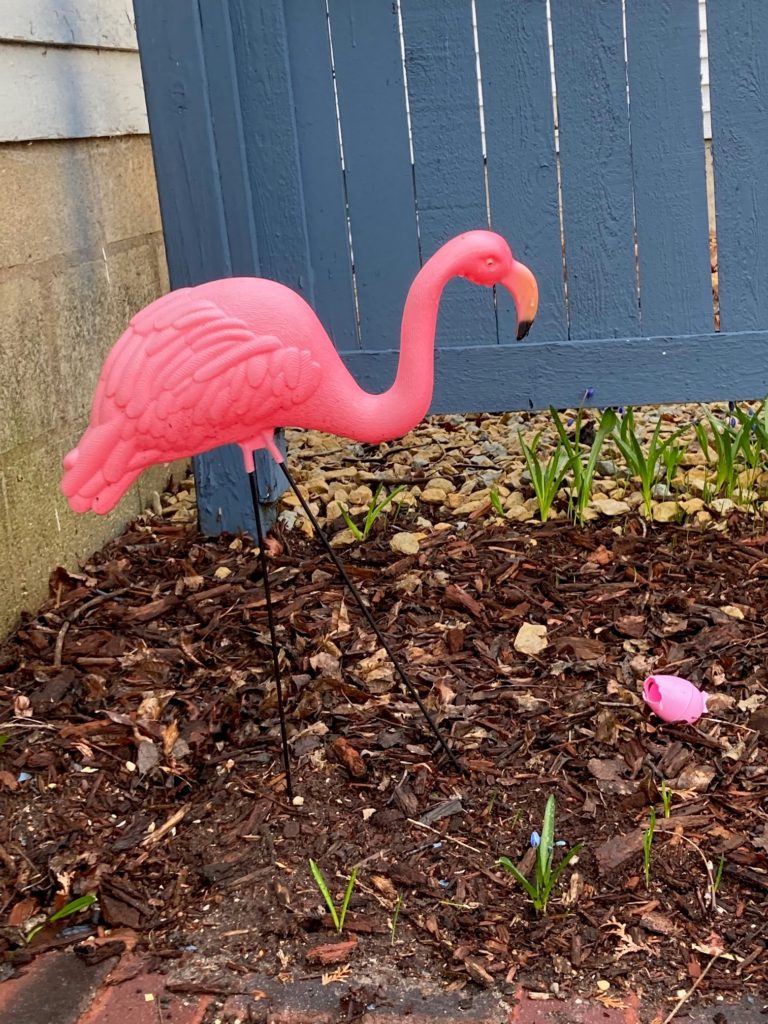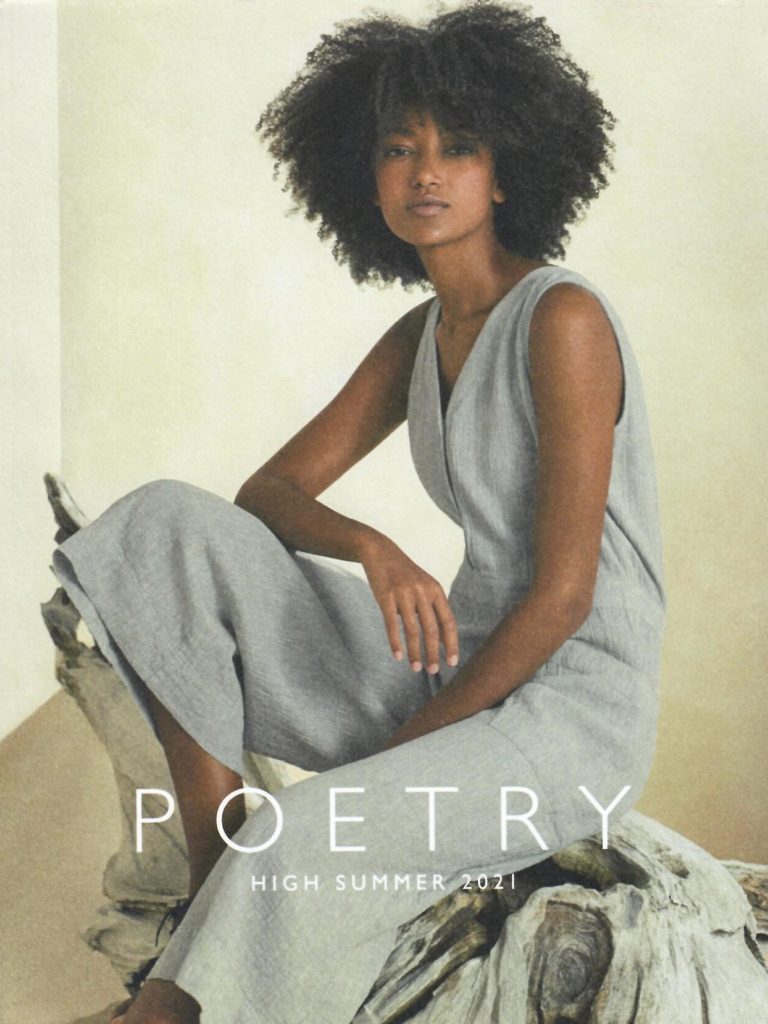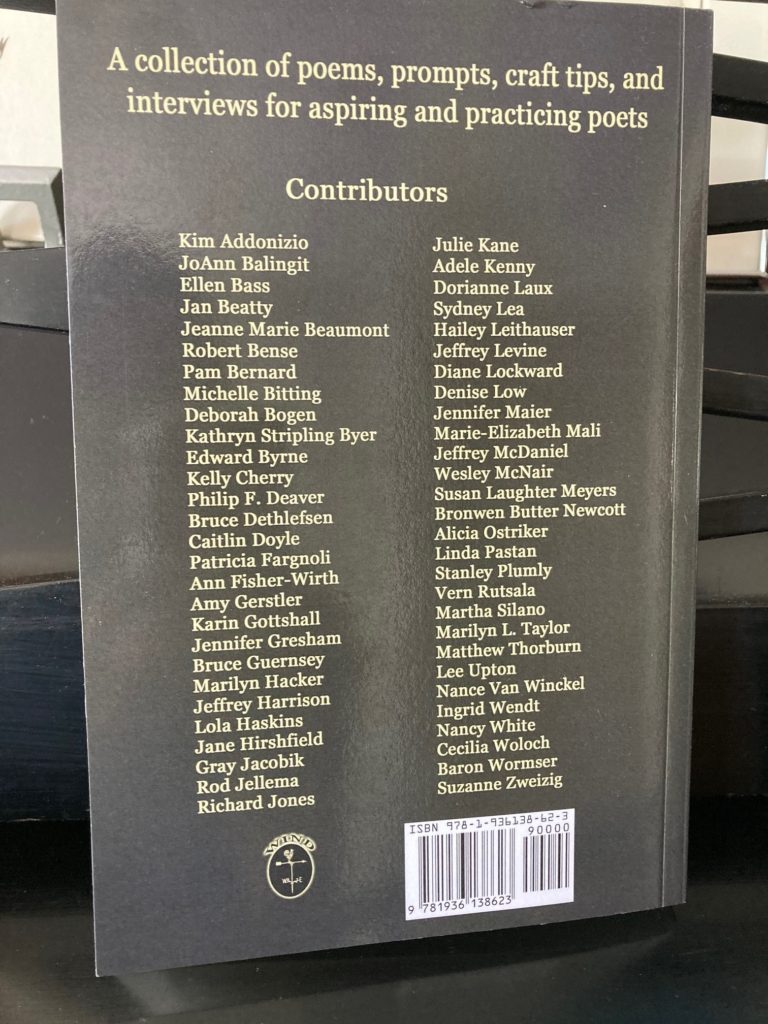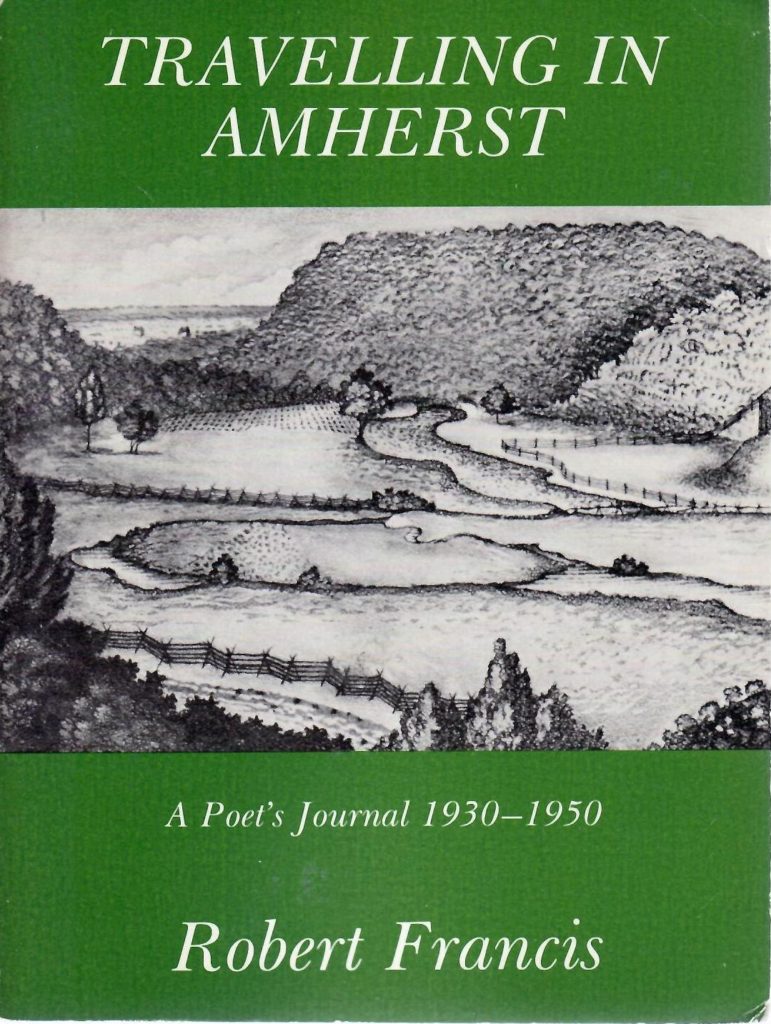
Today, when I am longing to travel, and thinking of a pilgrimage place I have not yet been–Amherst, Massachusetts–I decided to highlight two prose works from one of Amherst’s radiant poets, Robert Francis. Though less lime-lit than Emily Dickinson and Robert Frost, Francis wrote luminous plainsong prose drawn from the intense convictions and quiet rhythms of his daily life in a house he himself built and named “Fort Juniper” (because it was juniper is low to the ground and therefore resistant to damage in stormy weather. You perceive the metaphor: fame won’t blow this impoverished, vegetarian-music teacher poet off course because he is dug in.)
His poetry is, likewise, peerless.
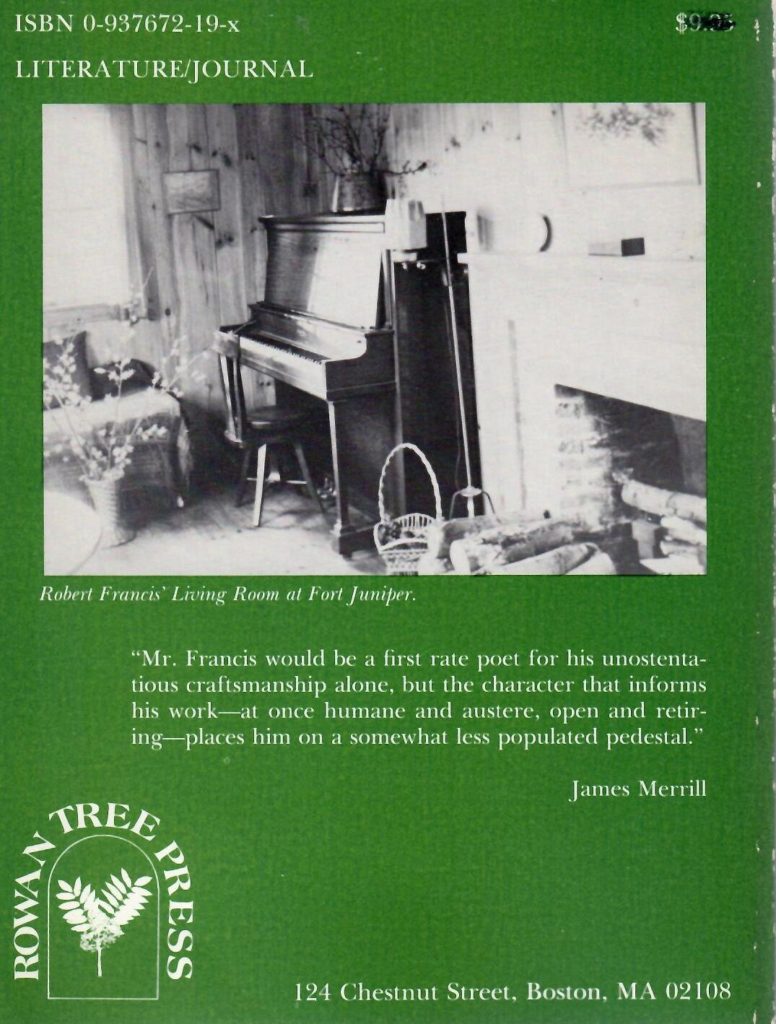
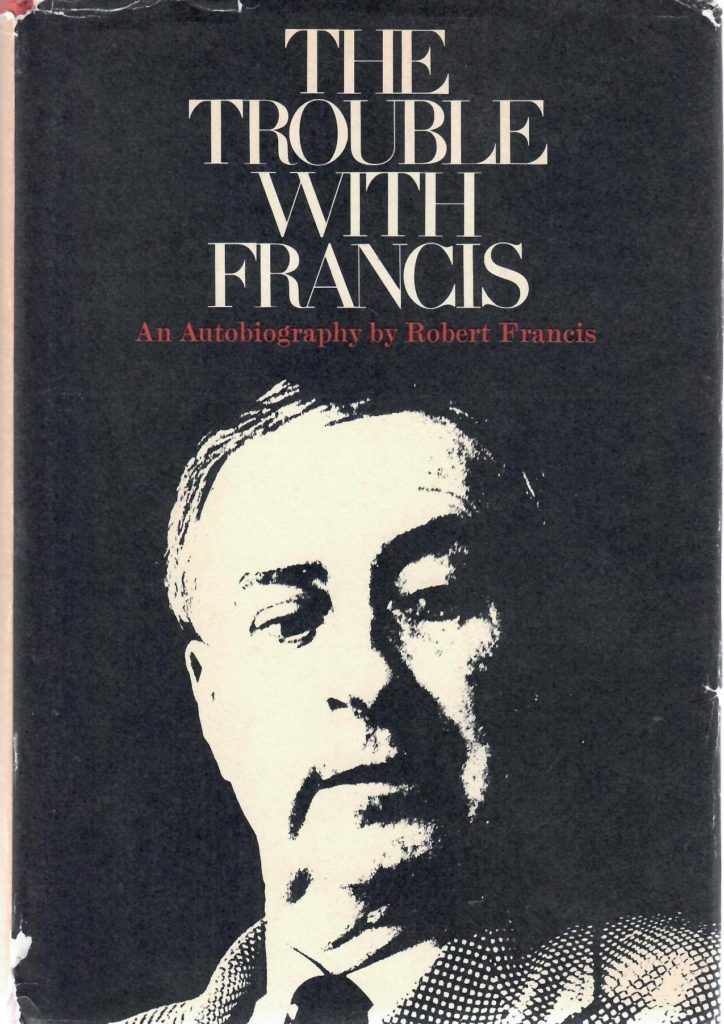
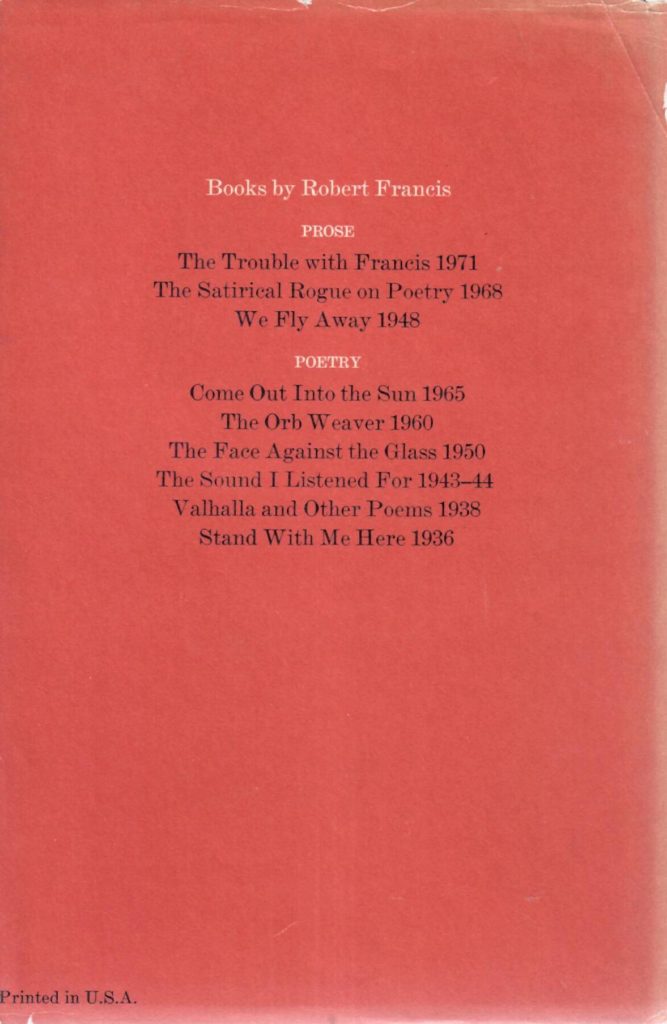
Here is one of my favorite poems of his, and of all time. I love it so much that I have it memorized, and will, if asked, recite it at the drop of a hat–and sometimes all unasked! It is called “Sheep.” Some day I plan to write an essay about its perfections. For now, I will just say be sure to keep your eye and ear on that last sublime line.
There is so much lyrical beauty in the work of Francis, and he is also mordantly funny, a master of mock self-deprecation like Emily Dickinson. (Perhaps something in the water near Amherst?) For instance, his titles. Can a resident “travel” in the tiny orbit Francis occupied in the woods outside a small town in western Massachusetts? Yes, but not in the obvious, board-the-tour-bus ways.) And he draws the title of The Trouble with Francis (University of Massachusetts Press, 1971) from a less than favorable review of his work by the Chicago Review, to whit:
“The trouble with Francis is not that he is too happy as that his happiness seems to lack weight.” (Dyspeptic reviewer’s name unknown to me.)
Wait. What? A reviewer is weighing in on the gravitas of someone’s happiness? Preposterous and presumptuous! Hrumph, I say.
Francis had a much better response. I love how this proud and prodigiously talented Quaker-minded poet claim this critique as his own by doing the typographical equivalent of tattooing it on his forehead.
Someday, I will procure a copy of his third prose collection, The Satirical Rogue on Poetry. Absolutely worth waiting for.
Regarding the Poem for April 10, 2021, “Turbulence”
After a bout of morning writer’s block, this memory of a teen-age school trip to Tasmania came floating back to inspire a short poem of travel of the geographic and biographic sort.
Until tomorrow,
LESLIE
